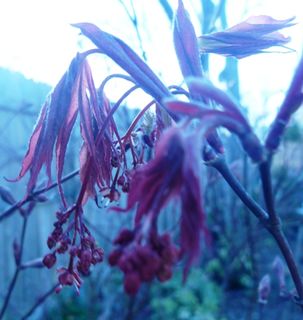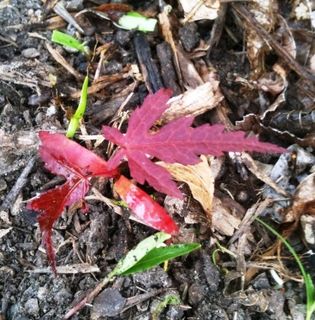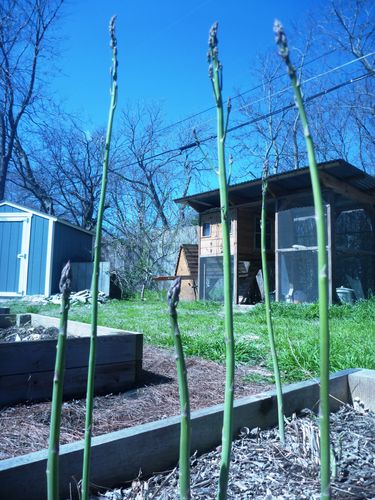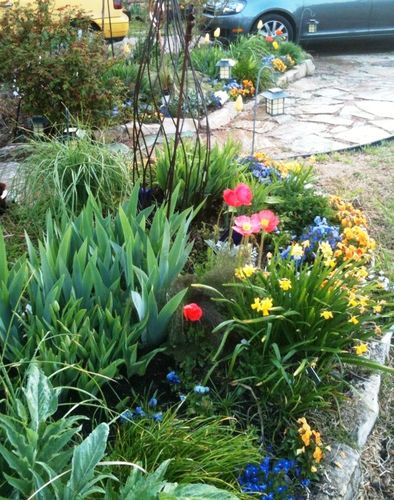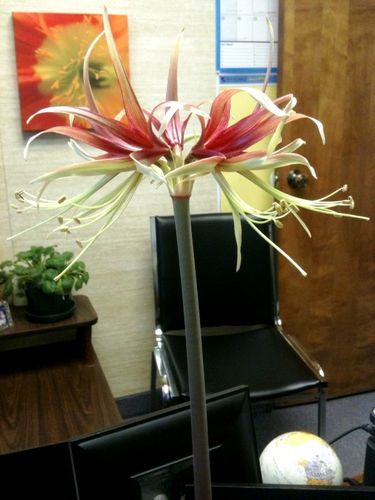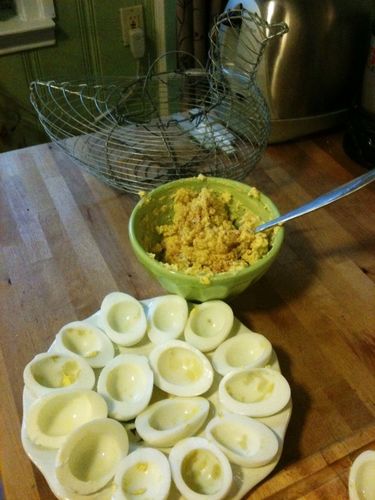More Eggs!!!
April 11, 2010
I guess I'd better get to cooking some eggs! The girls are laying about 4-5 eggs a day right now, leaving me with an average of about 45 eggs in the fridge at any given time!

They've had a little molting going on lately - the girls have lost some of their saddle feathers, but they seem to be growing back slowly. But it does not seem to be hurting their egg laying rate at all!


